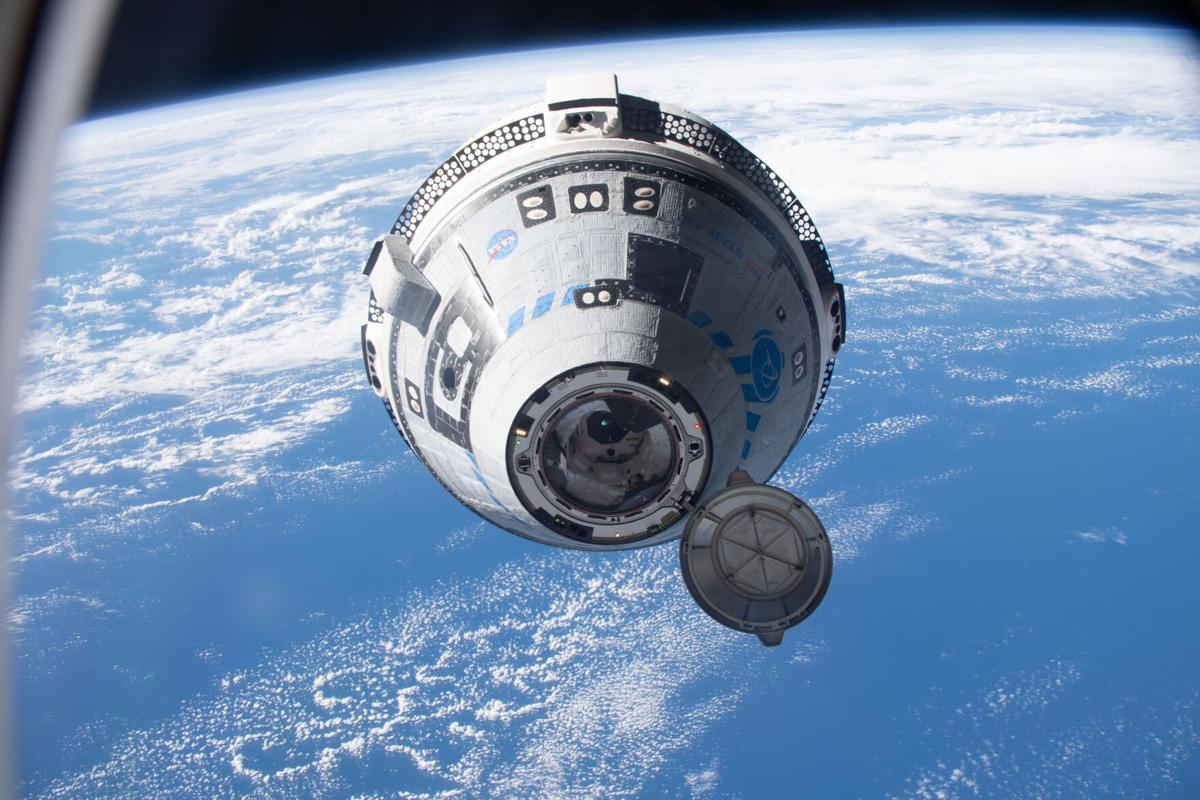An environmental control system designed and made by Tucson-based Paragon Space Development Corp. was successfully tested aboard Boeing’s unmanned Starliner crew capsule recently during its first successful docking with the International Space Station.
Paragon’s Humidity Control Subassembly was tested and operated on the unmanned Boeing CST-100 Starliner Orbital Flight Test-2 prior to its successful landing on Wednesday, May 25.
Boeing’s Starliner successfully docked with the space station for the first time on May 20, after lifting off May 19th from Florida.
Boeing awarded Paragon a contract in 2015 to build the humidity control system for Starliner, which incorporates Paragon’s patented water-processing technology to provide cabin atmospheric humidity control using no moving parts, the company says.
“It’s really quite an accomplishment to have the HCS aboard this historic mission — the first truly new humidity control technology developed in 60 years of human spaceflight,” Paragon’s President and CEO Grant Anderson said in a news release.
The Starliner capsule landed Wednesday under parachute at White Sands Missile Range in south-central New Mexico after testing the “end-to-end capabilities” of the crew-capable spacecraft, NASA said.
Boeing's crew taxi returned to Earth from the International Space Station on Wednesday, completing a repeat test flight before NASA astronauts climb aboard. It was a quick trip back: The Starliner capsule parachuted into the New Mexico desert just four hours after leaving the orbiting lab, with airbags attached to cushion the landing. Only a mannequin was buckled in. Aside from thruster failures and cooling system snags, Starliner appeared to clinch its high-stakes shakedown cruise, 2 1/2 years after its botched first try. Flight controllers in Houston applauded and cheered the bull's-eye touchdown.
Starliner’s first manned flight has been delayed due to software and hardware issues unrelated to Paragon’s work.
During a test flight in 2019, the Boeing spacecraft failed to reach the ISS due to software issues but landed safely. Boeing scrubbed a planned Starliner flight last summer after corrosion was found on propellant valves.
Since its founding in 1993, Paragon has been involved in numerous projects for NASA, and more recently with private space-exploration companies, including development of environmental-control and life-support systems, space suits and flight systems.
Paragon’s humidity-control system also is being built into Northrop Grumman’s Habitation and Logistics Outpost (HALO) module, part of a planned NASA lunar space station.
A water-purification system made by Paragon was installed aboard the ISS in February 2021 for testing.





